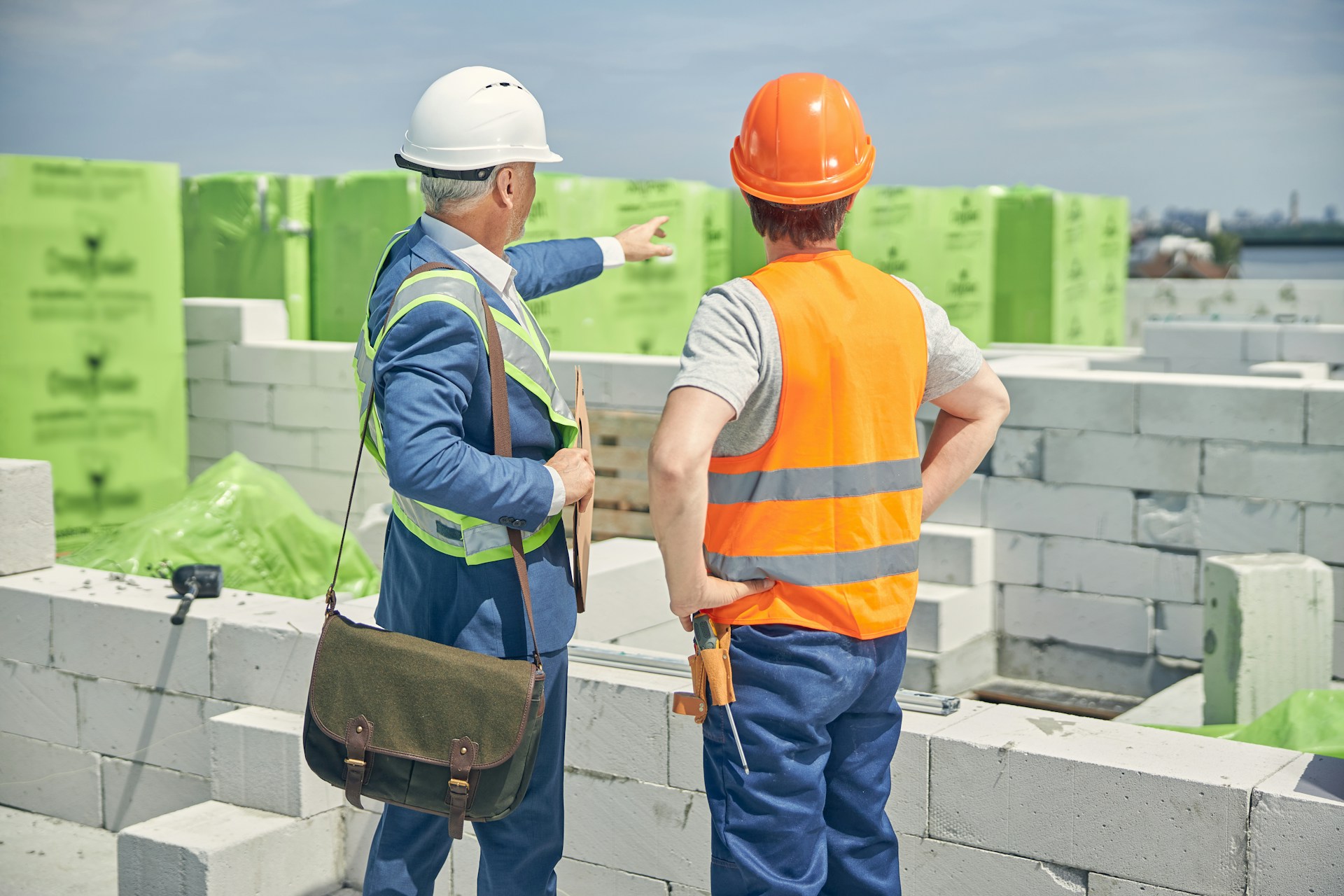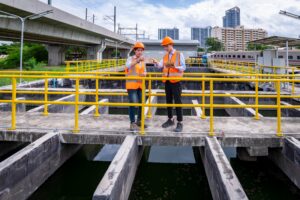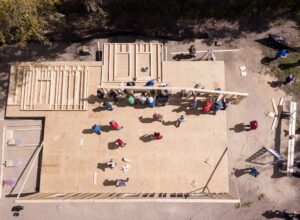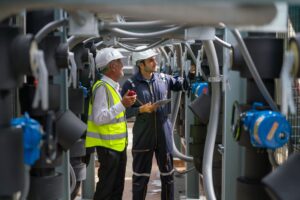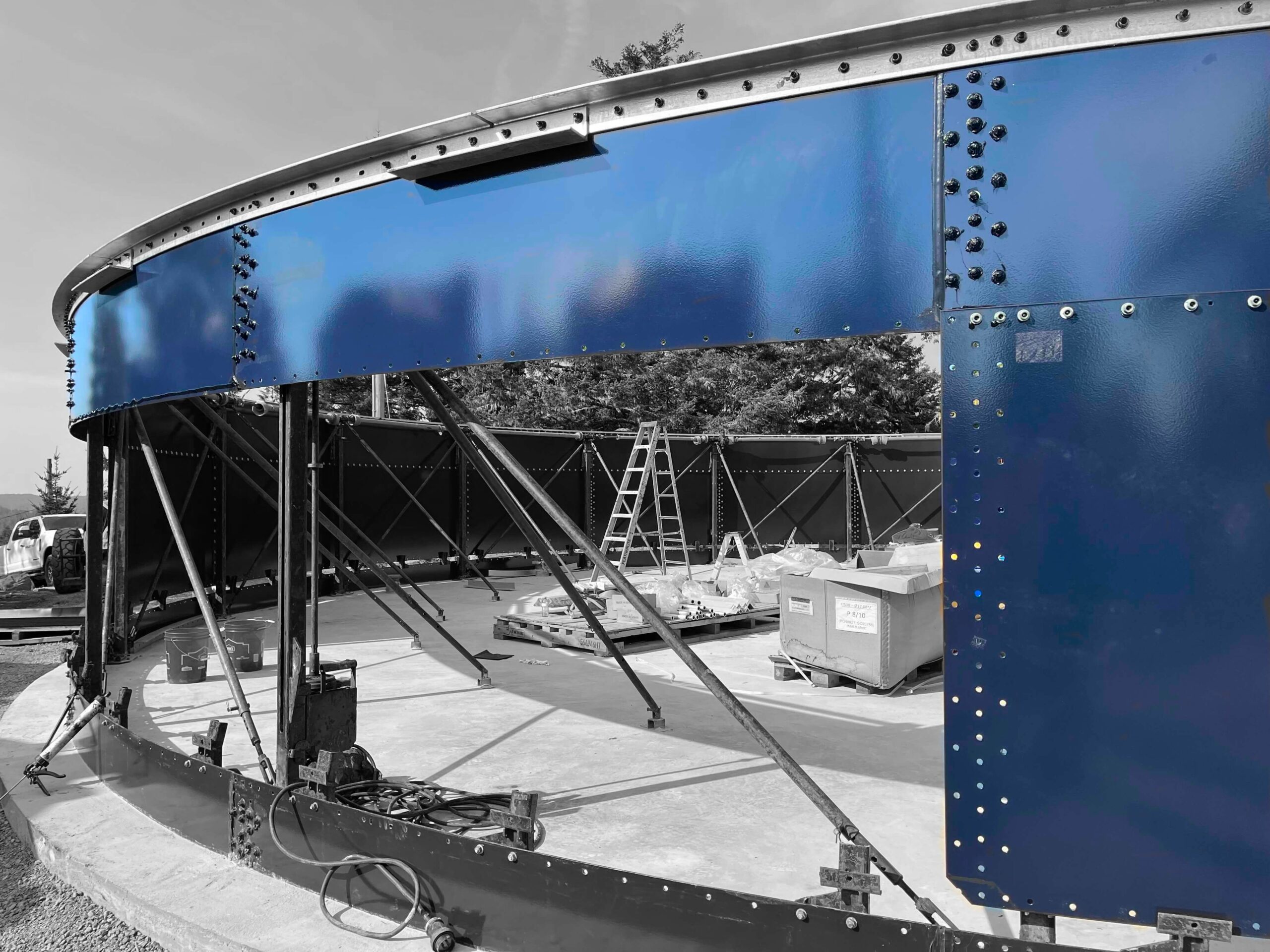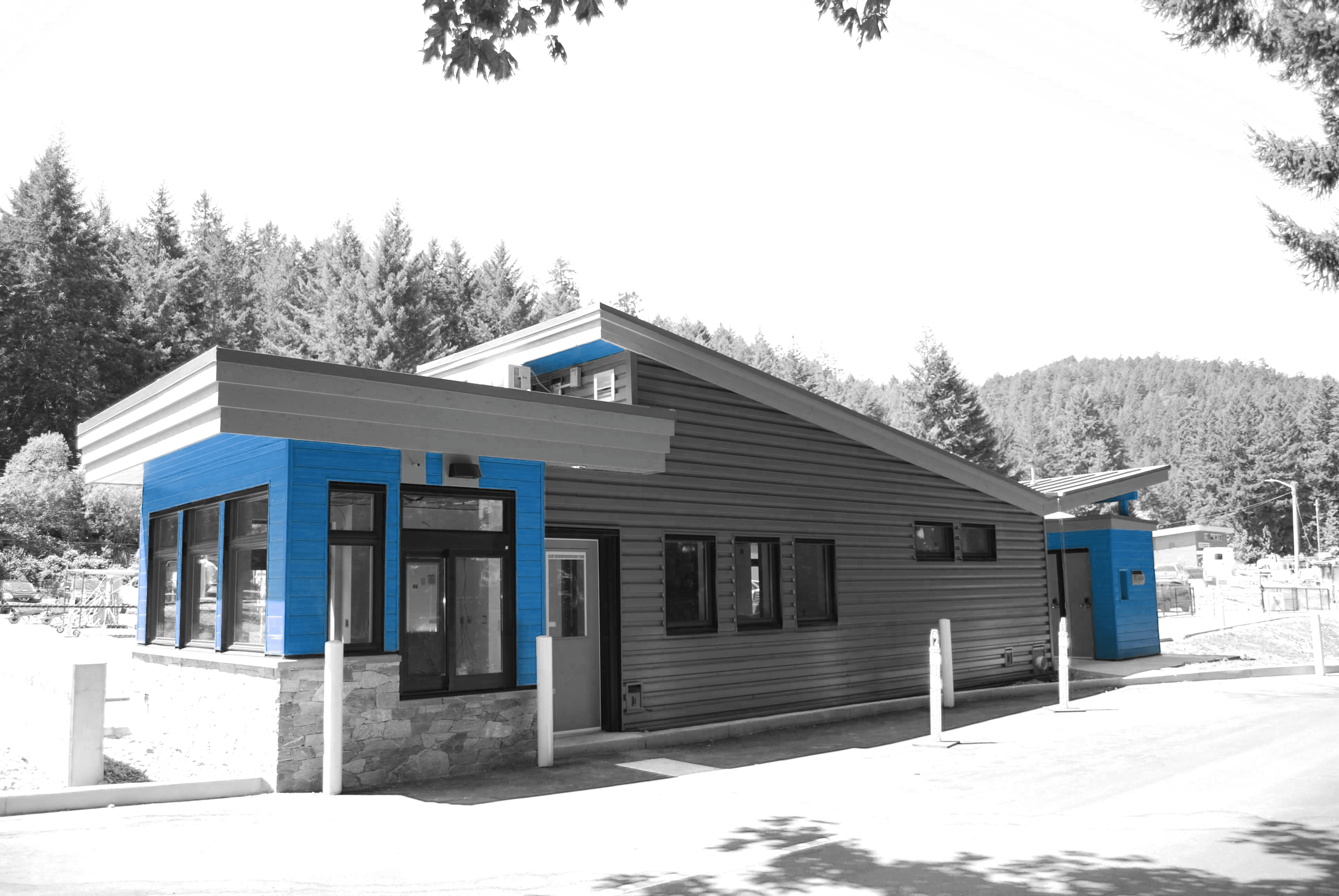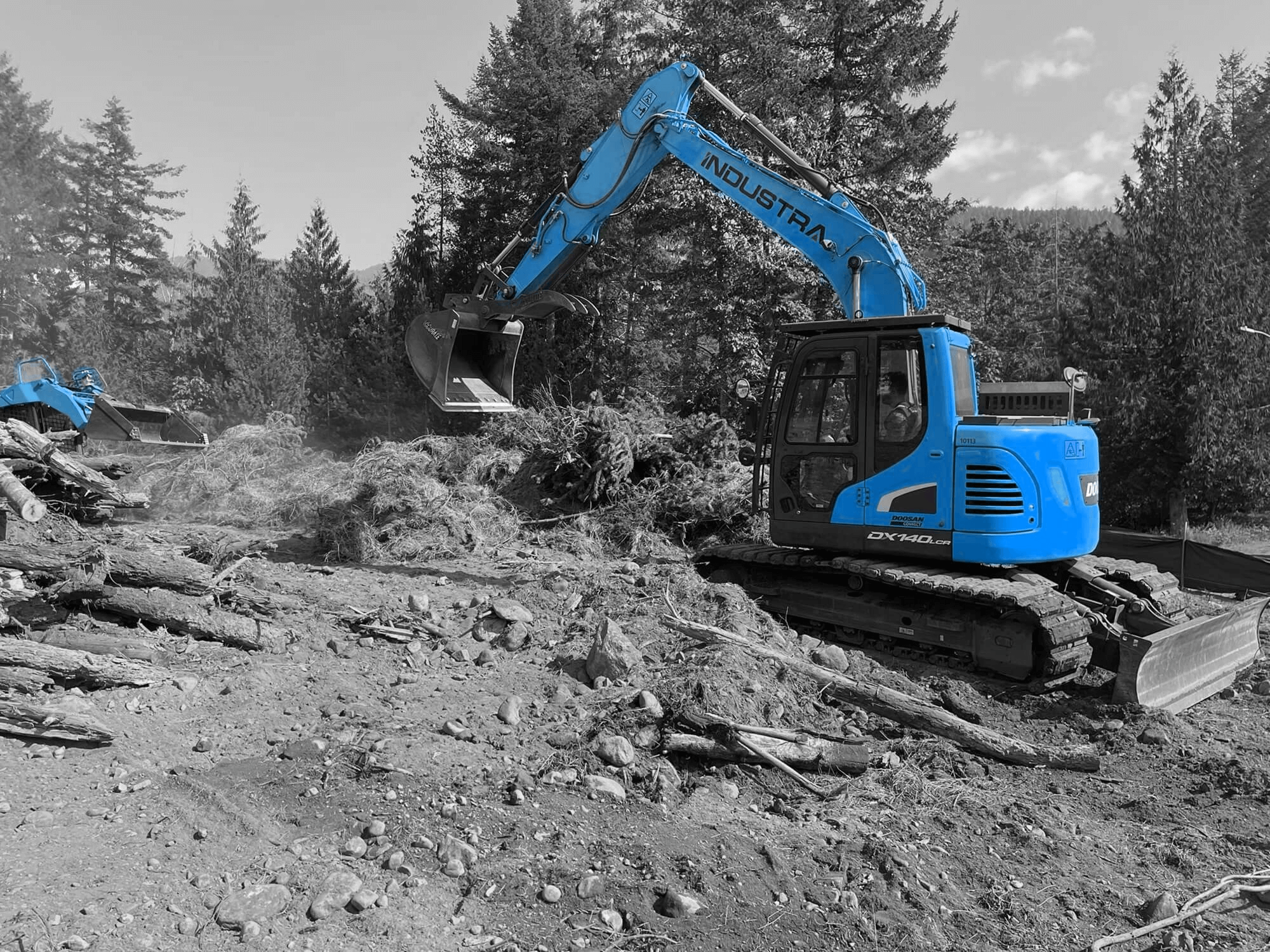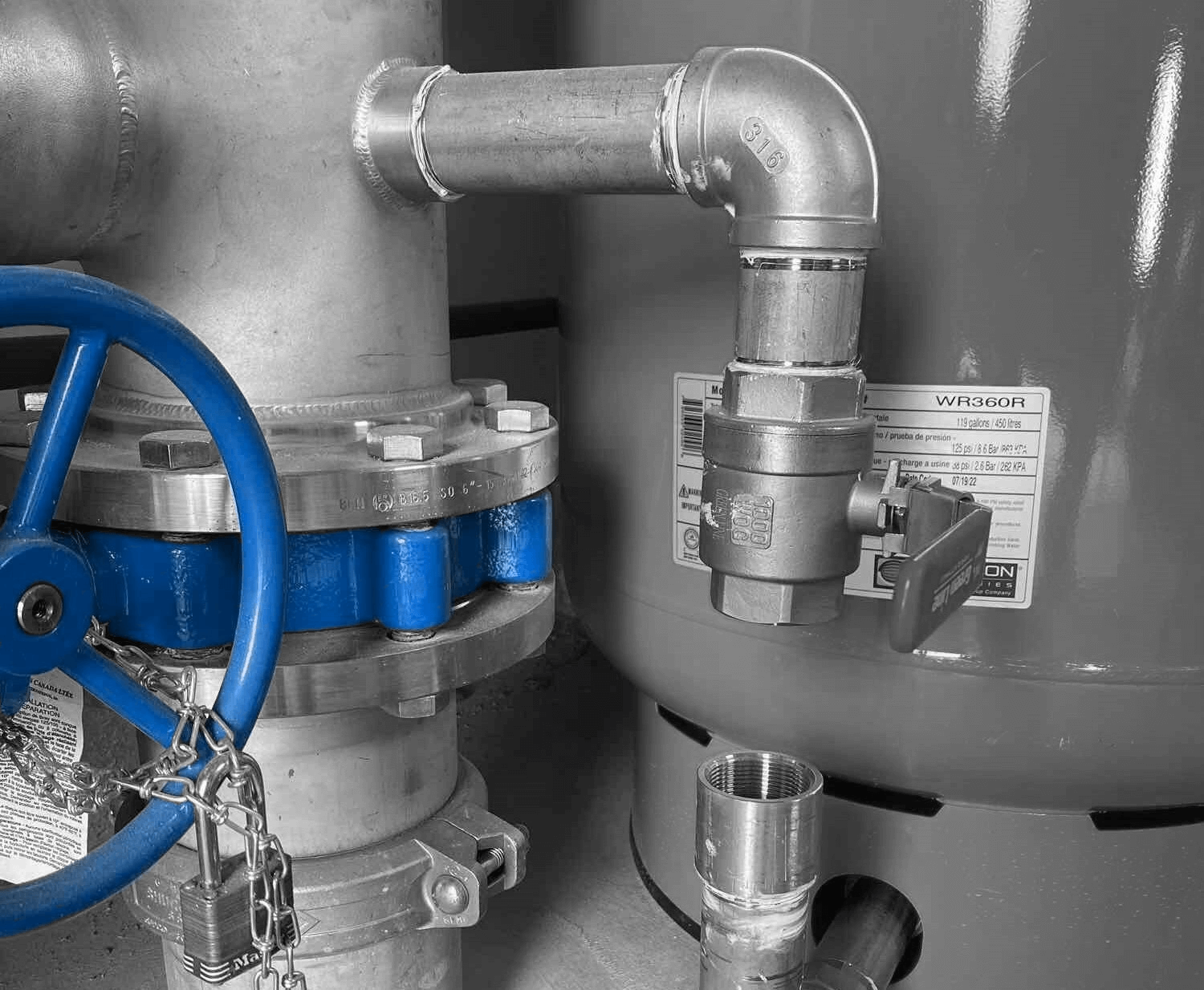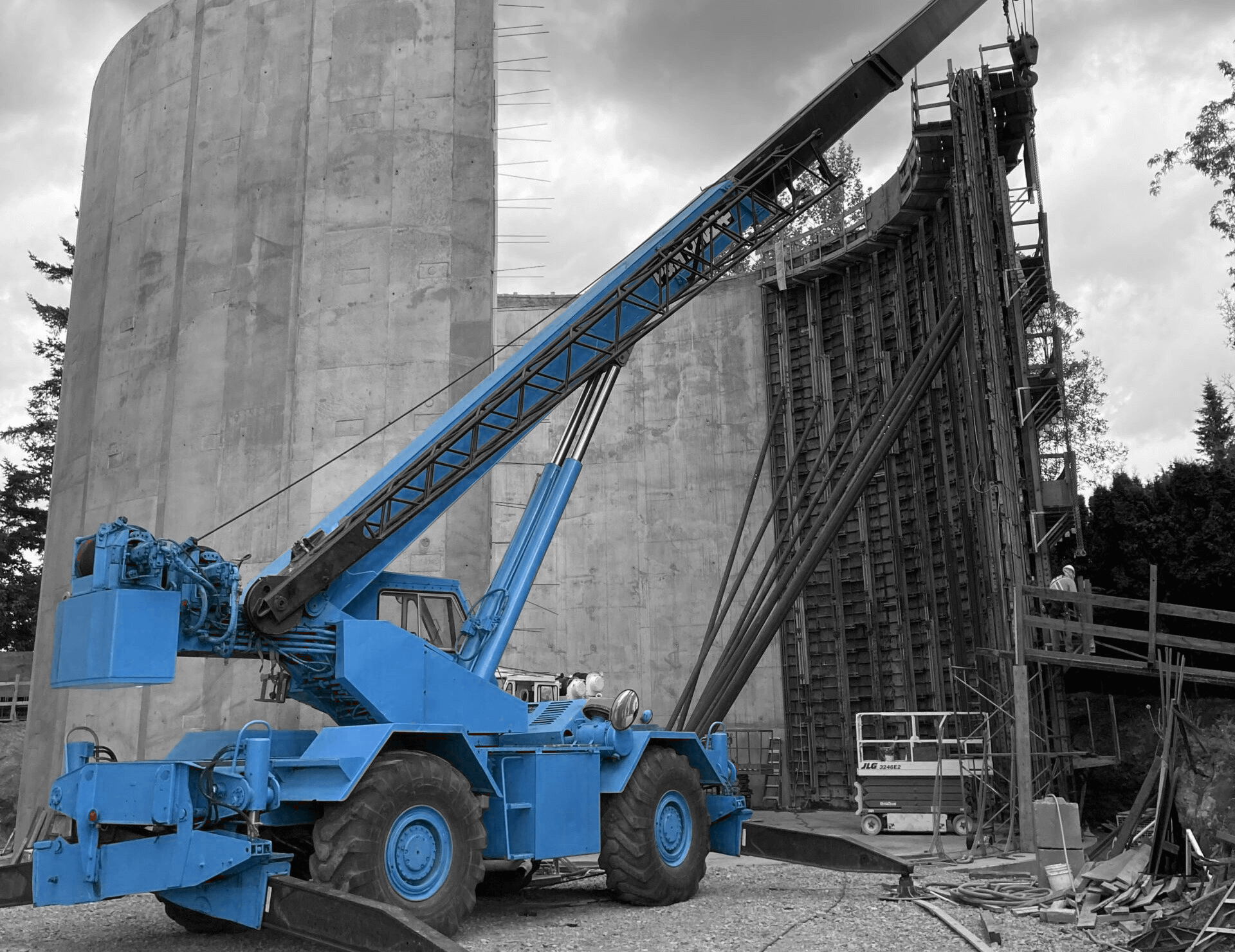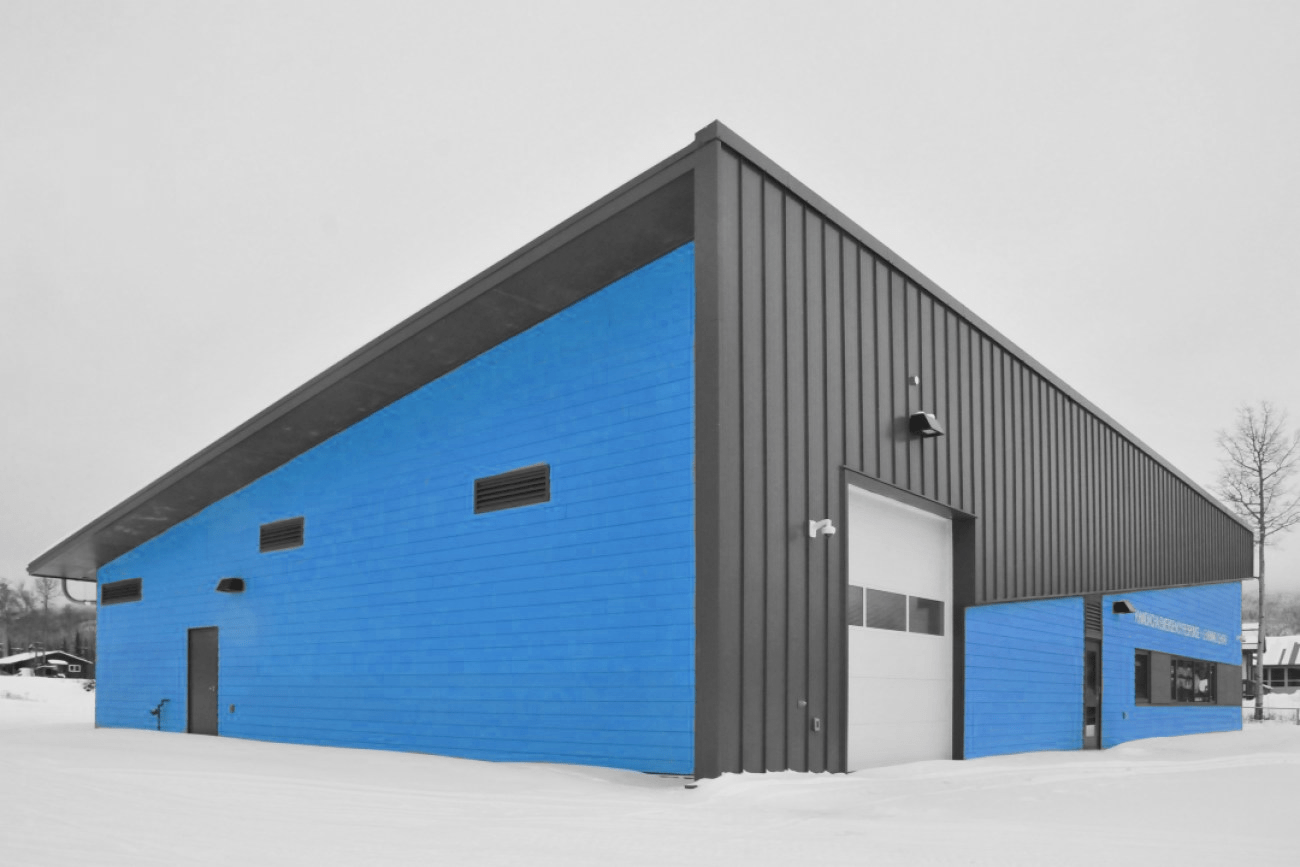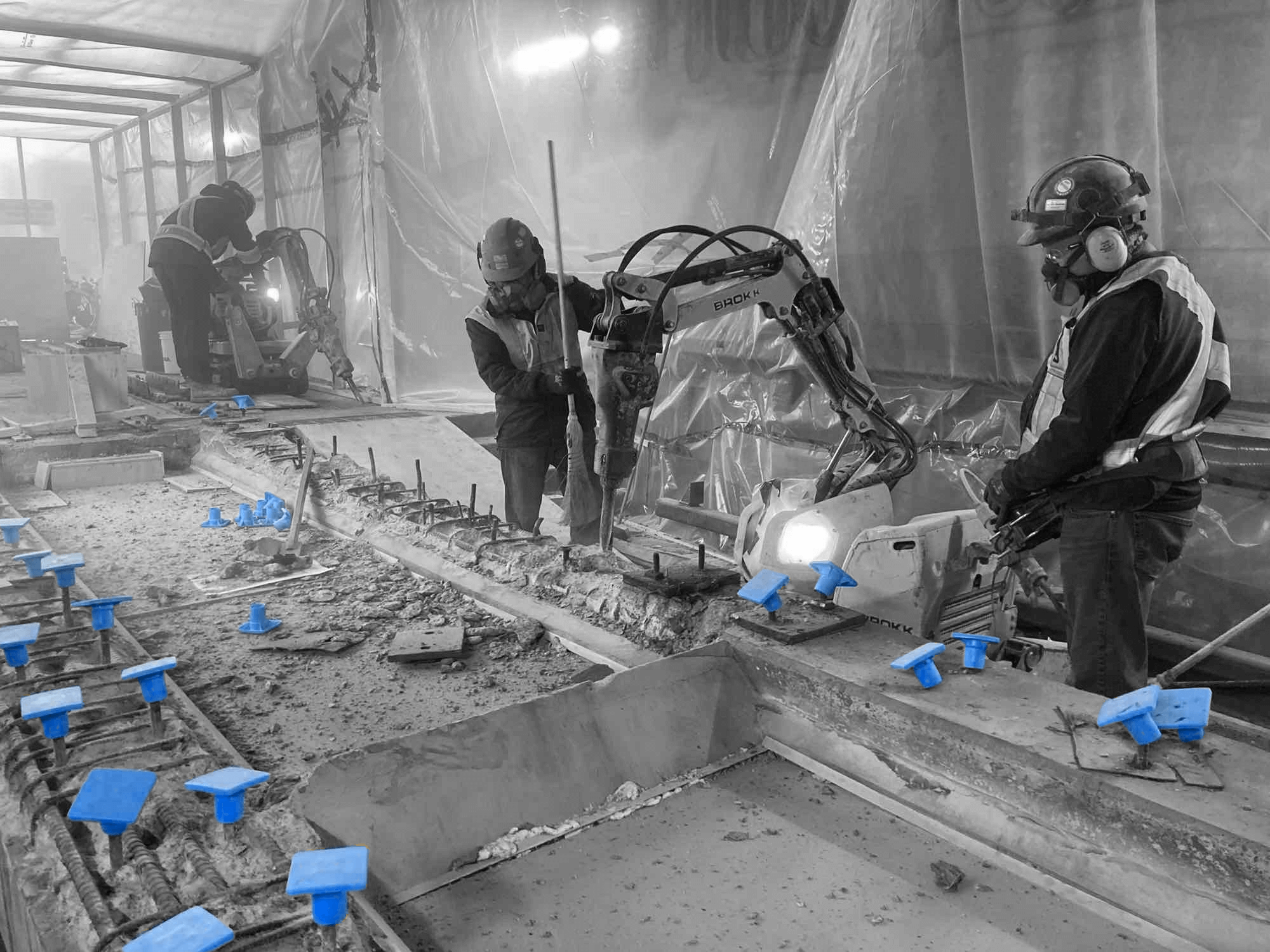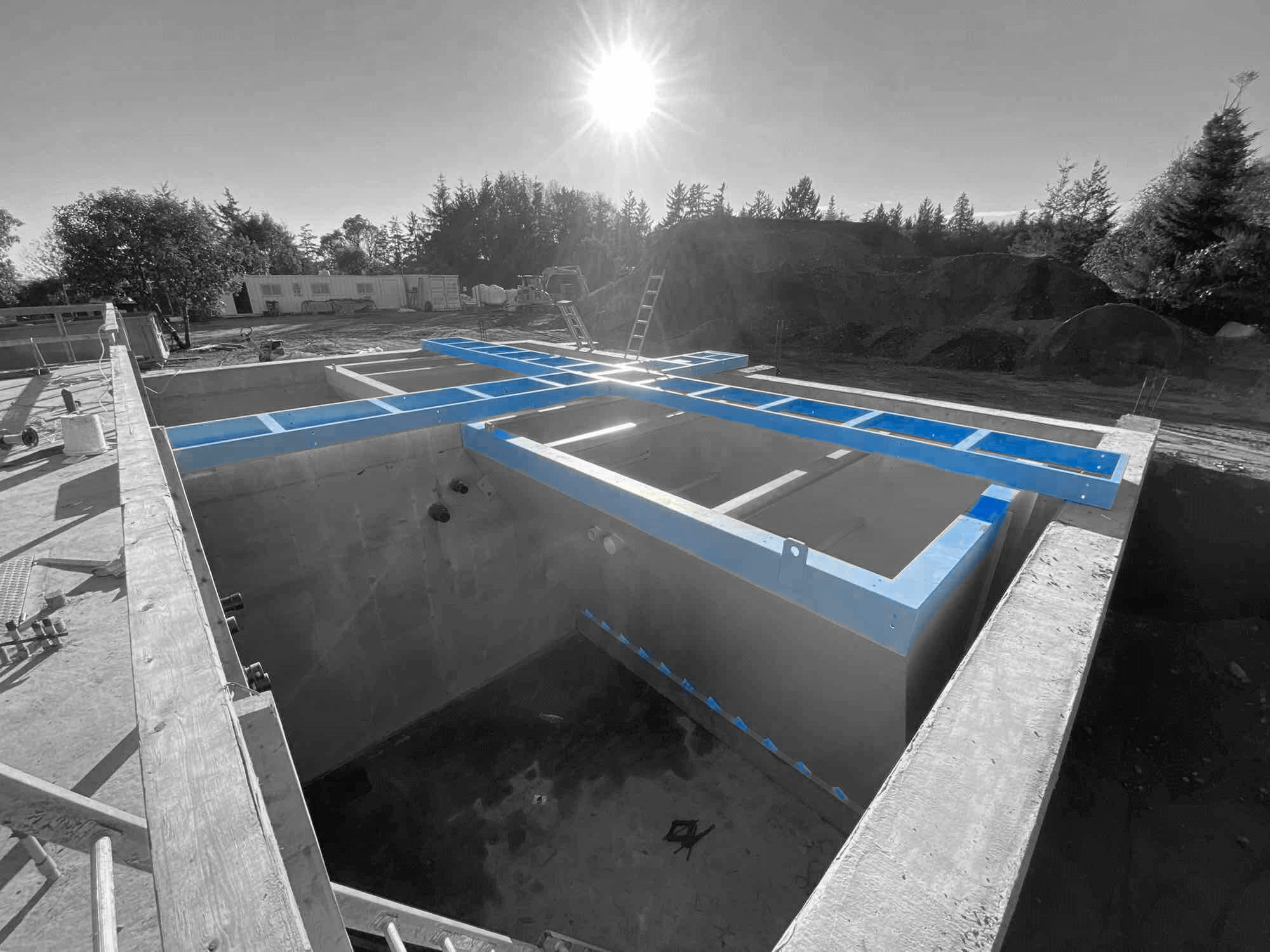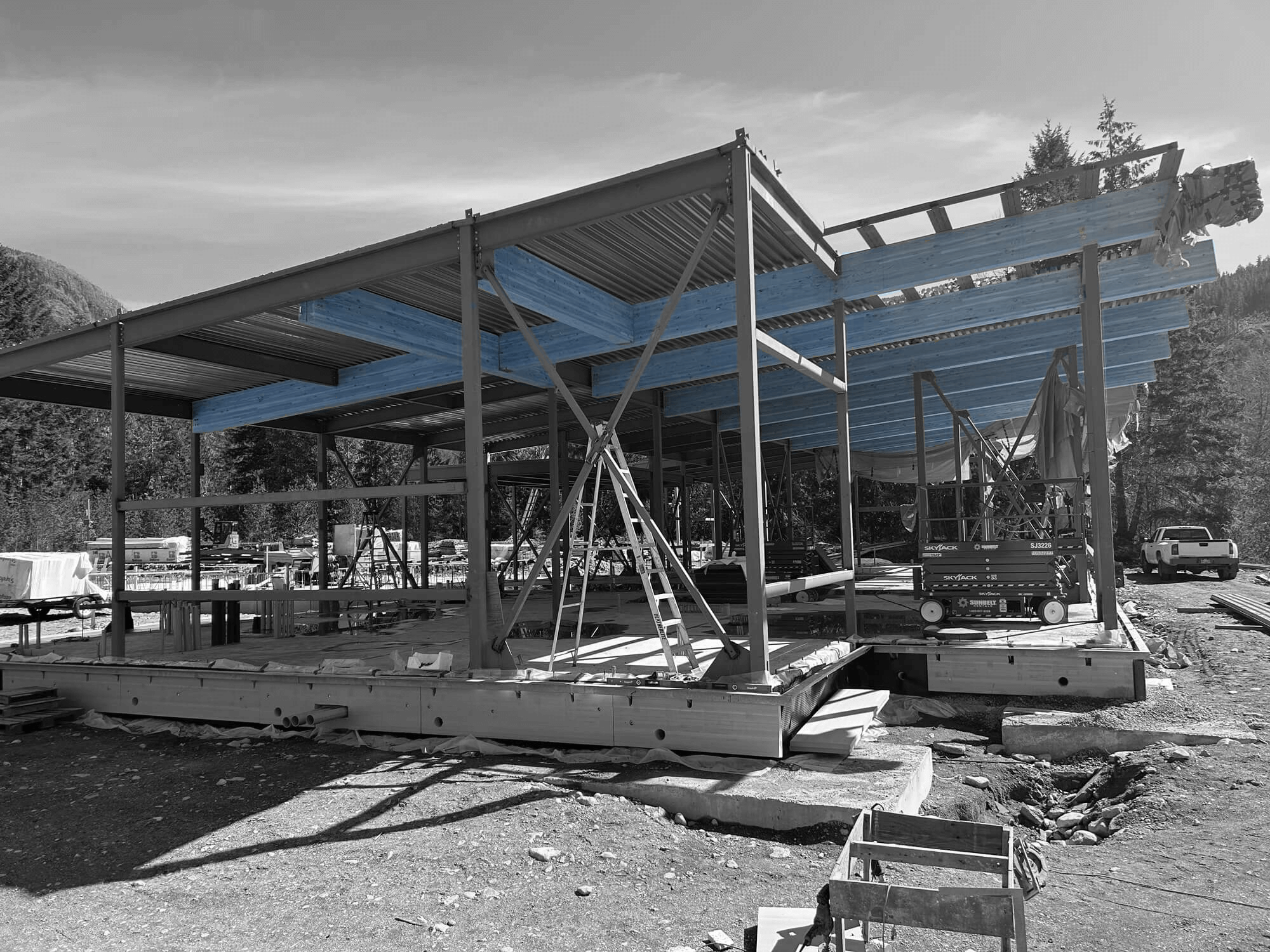Safety in civil construction is like having a steady ship in stormy seas. It keeps everything on track, prevents accidents, and makes sure everyone gets home safely at the end of the day. The construction world can be full of dangers, from heavy machinery to unstable ground. Being aware of these hazards and knowing how to handle them creates a safer environment for everyone involved. When safety measures are a top priority, it not only protects workers but also keeps projects moving smoothly without unexpected setbacks.
While every construction site has its own set of challenges, a few common practices can make a big difference. Whether it’s wearing the right gear, carrying out regular safety checks, or just paying attention to the environment, these actions can help reduce risks significantly. Understanding these practices can transform a potentially dangerous site into a safe and productive workplace where everyone can do their best work without worrying about their well-being.
Identifying Potential Hazards
Pinpointing hazards on a construction site is the first step in ensuring safety. This means conducting thorough site assessments to see what’s out there that might pose a danger. It’s important to watch out for obvious things like deep holes or unstable surfaces, but also consider hidden risks such as weather conditions or unexpected equipment failures.
In Surrey, weather can vary widely, impacting how construction sites operate. For instance, rainy conditions might create slippery surfaces, while strong winds could pose risks for high structures. It’s key to have a plan in place to adapt to these unique conditions, ensuring that each site is as safe as possible at all times.
Here are some steps to effectively identify hazards:
– Perform a walk-through of the site with a fresh pair of eyes. It’s easy to overlook hazards when you’re accustomed to a place, so observing with care can reveal surprising threats.
– Engage workers in safety discussions. They often have firsthand experience with potential dangers and can provide valuable insights.
– Make a habit of checking equipment regularly. Faulty machinery can lead to serious accidents if not caught early.
Recognizing these potential hazards in advance helps in creating a proactive safety strategy. This preparation goes a long way in safeguarding workers and keeping the project on track.
Implementing Safety Protocols
Putting safety protocols in place is like building a fence around a playground. It sets boundaries and keeps everyone within those safe areas. In civil construction, having clear safety rules helps prevent accidents long before they happen. First, it’s important to establish guidelines based on the unique conditions of each site. These might include marking off high-risk areas, ensuring that machinery is well-maintained, and providing emergency contact information where it’s easily accessible.
Regular safety training is another cornerstone of effective safety protocols. Workers need to know the right procedures for every situation, such as how to handle specific tools or what to do if something goes wrong. By holding frequent training sessions, workers remain updated on the latest safety standards and practices, reducing the likelihood of unforeseen mishaps. An example of a beneficial practice is organizing workshops that simulate emergency scenarios, helping workers respond effectively and swiftly in real life.
Using Personal Protective Equipment (PPE)
The role of Personal Protective Equipment in construction sites cannot be underestimated. PPE acts as the last line of defence against potential hazards. It’s crucial to wear the right gear designed for specific tasks, like helmets to protect against falling objects and gloves for handling sharp materials.
However, just having PPE isn’t enough; knowing how to use and maintain it properly is key. Workers should regularly check that their gear fits well and isn’t damaged. For instance, ensuring helmets don’t have cracks and that high-visibility vests reflect light properly. Training sessions can help emphasize the importance of equipment maintenance and demonstrate correct usage methods.
Monitoring and Maintaining Safety Standards
Once safety measures are in place, ongoing monitoring ensures they remain effective. This involves regular safety inspections and audits. Safety officers should walk through sites on a set schedule, looking for any deviations from established protocols and addressing them immediately. Notes from each inspection can highlight recurring issues that need more focused solutions.
Another important practice is to have an open feedback system where workers can report potential safety concerns without fear of repercussions. This encourages everyone on the site to take part in maintaining a safe environment by allowing them to bring up issues that might otherwise go unnoticed.
Promoting a Safety-Conscious Culture
A safety-conscious culture starts with leaders who set clear expectations and lead by example. It’s about making safety discussions a regular part of meetings and recognizing those who adhere to safety measures. Managers can encourage this mindset by acknowledging and rewarding safe practices, which motivates workers to prioritize safety in their daily routines.
Safety isn’t just about rules; it’s about creating a mindset where workers naturally consider safety in every action and decision. When everyone, from managers to labourers, collaborates and communicates openly on safety matters, the construction site becomes a safer place for all.
Wrapping Up
Safety in civil construction extends well beyond following a checklist. It’s a comprehensive approach that encompasses identifying hazards, implementing safeguards, and nurturing a culture that prioritizes people’s well-being. These strategies ensure that the safety of every worker is paramount and construction projects progress smoothly with minimal disruptions.
By taking these steps, construction sites not only become safer but also more efficient. Everyone on the site becomes part of a community with a shared goal of creating safe and high-quality structures. The commitment to safety is an investment in the future that pays off with successful projects and confident workers.
Prioritizing safety in civil construction is a vital investment for any project. Creating a secure environment not only helps prevent accidents but also boosts efficiency and morale among workers. If you’re looking to enhance your site’s safety practices, consider exploring our expertise in civil construction. Industra Construction Corp. is equipped to support your project needs and ensure a safe, successful outcome. Contact us to learn more about how we can contribute to your construction goals in Surrey and beyond.


